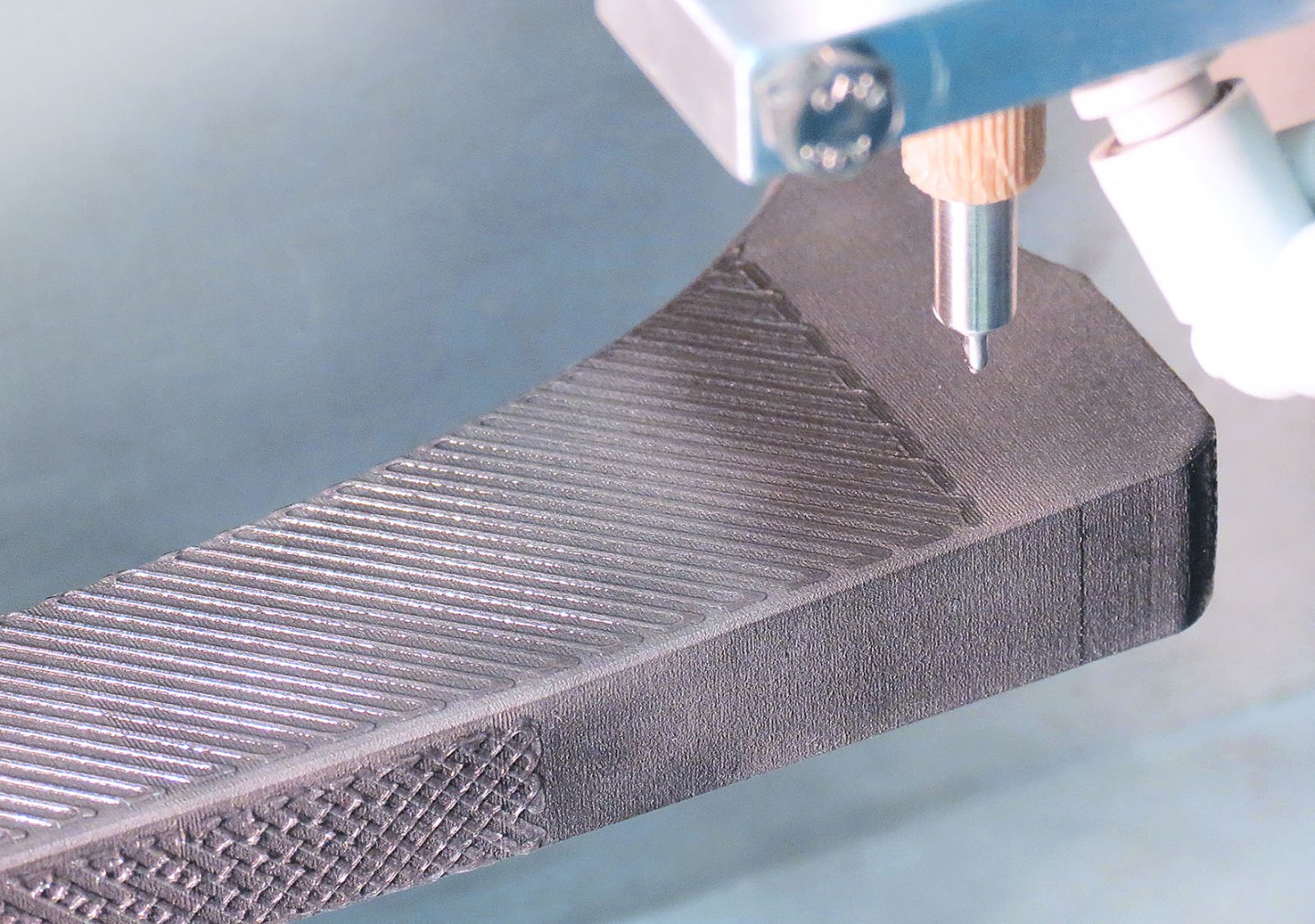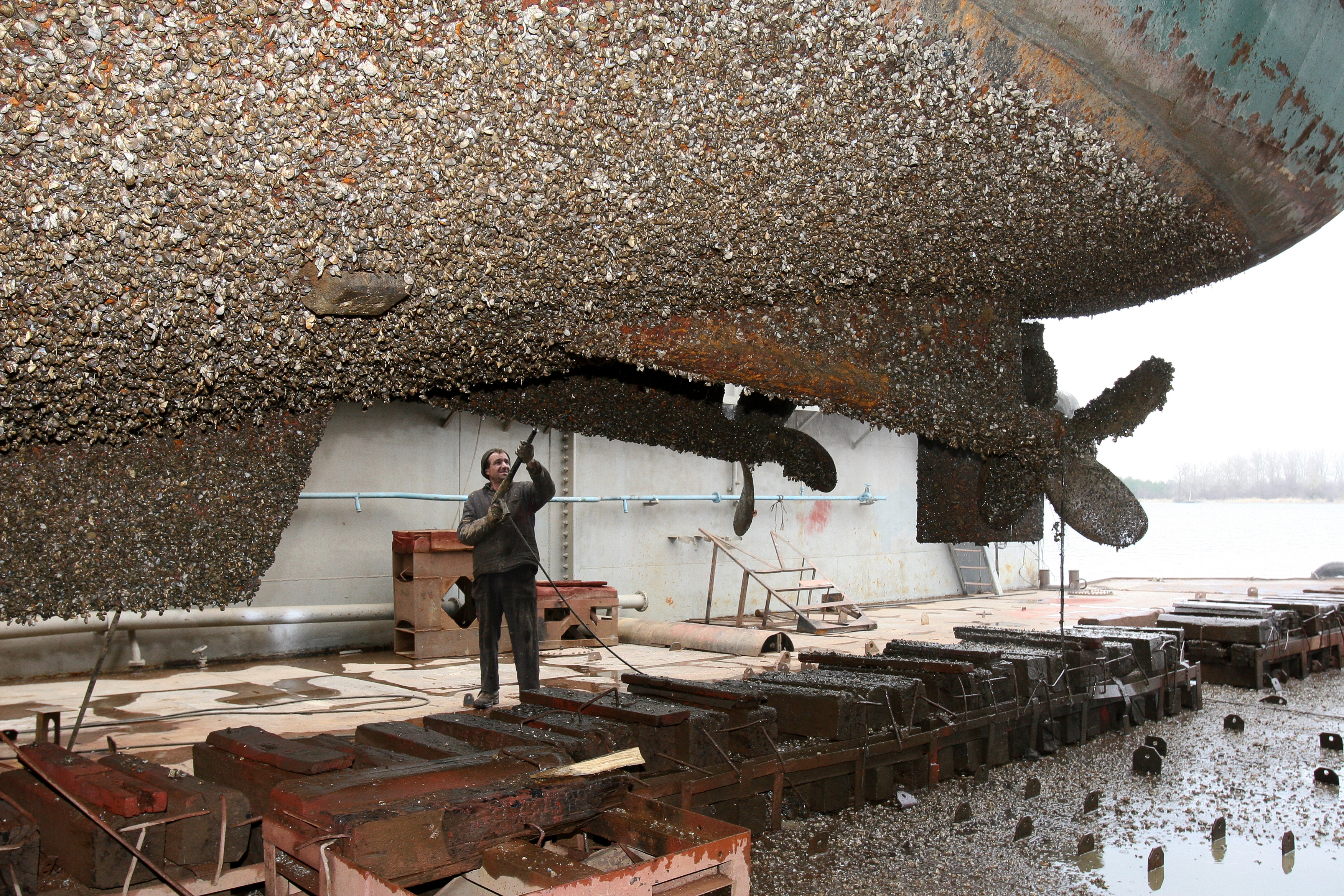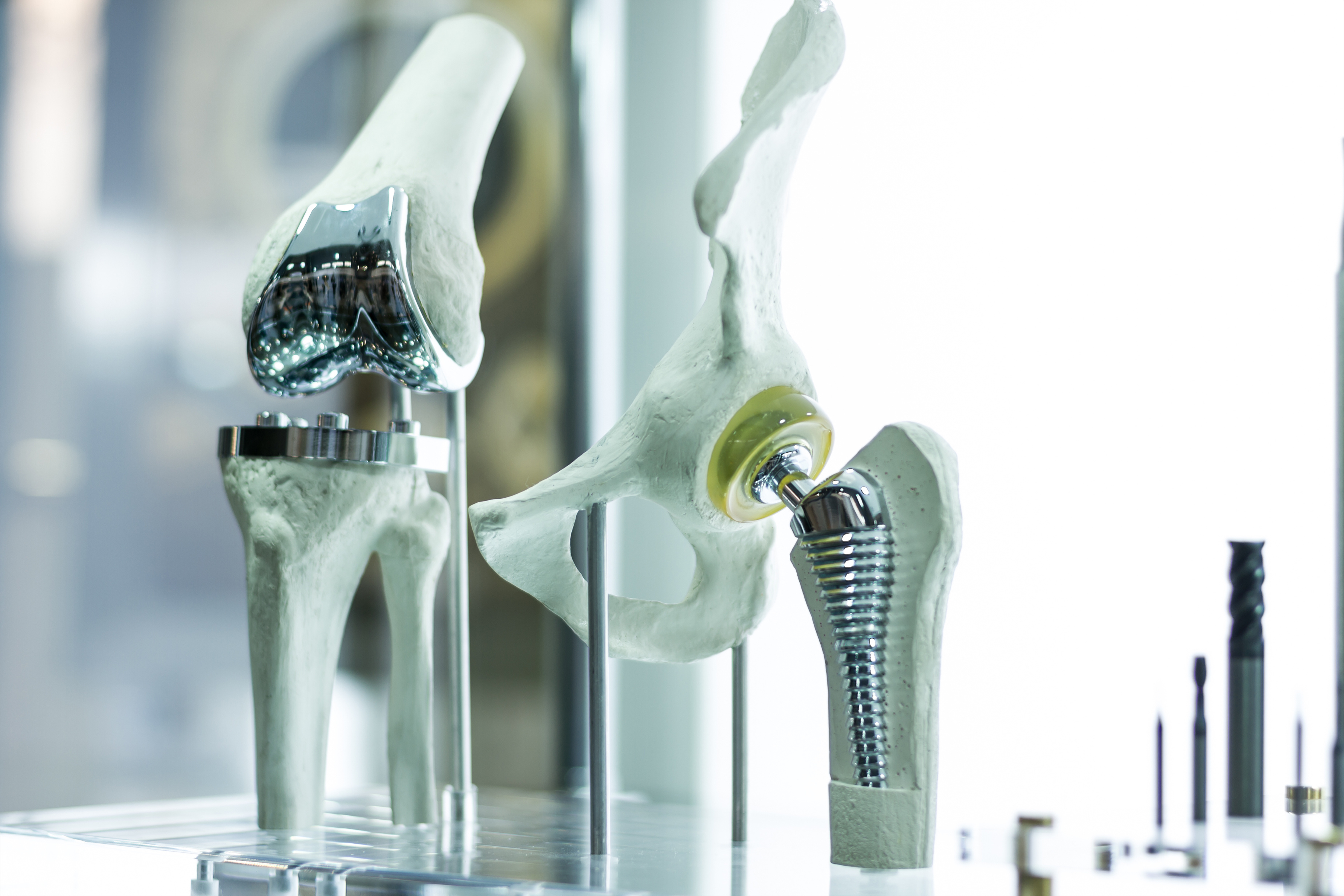More Mussel: Fraunhofer Develops 3D-Printable Tissue Adhesive for Prostheses
Researchers at Fraunhofer have developed a 3D-printed material inspired by the adhesive properties of mussels. The new material is designed to provide better adherence between medical implants and human bone.
A joint collaboration at Fraunhofer has led to the development of a new 3D-printed material aimed at extending the life of medical implants. The new material is not so new; it is the amino acid dihydroxyphenylalanine (DOPA). However, the technique and application of 3D printing DOPA with various additives to adhere hip implants to bone is novel.
This approach was developed as a group effort by the Fraunhofer Institute for Interfacial and Biochemical Engineering, Fraunhofer Institute for Applied Polymer Research, and Fraunhofer USA Center for Manufacturing Innovation.

Fraunhofer’s 3D-printed dopamine-based adhesive being applied to a titanium hip joint shaft. Image used courtesy of Fraunhofer
Complications With Hip Implants
Hip surgery is invasive, risky, and painful. The procedure has improved over the years, but there are still numerous complications with it. For older adults, hips may only be replaced once, based on the riskiness of the surgery. For younger patients who may need a replacement hip, they will have to undergo multiple surgeries throughout their lives as the high-stress, high-erosion surfaces wear on the replacement hip joint.
Perhaps one of the most common failure modes for hip joint surgeries is the fact that the body does its best to reject the implant. The body recognizes the titanium insert as a foreign object and, in some cases, will attack it. In others, it simply does its best to stay away from it, meaning it never really integrates into the body. Applying some sort of epoxy that can bond the bone to the implant could help improve the lifespan of the artificial hip replacement.

Mussels produce a protein that consists of the amino acid DOPA, allowing them to adhere to ship surfaces. Image used courtesy of Adobe Stock
Inspiration From a Natural Nuisance
Scientists and researchers at Fraunhofer turned to an unlikely inspiration to develop their epoxy. They began researching how mussels bond to the underside of ships, creating extra drag and making themselves quite a nuisance. The bond between the mussel and the ship is strong in spite of harsh maritime conditions, thanks to the amino acid DOPA.
Fraunhofer’s research showed that DOPA can improve the adhesion between bone and titanium under proper conditions. DOPA is mixed with apatite, a ceramic material found in bones and teeth. In essence, the body treats the additives as a friend, not a foe, encouraging bone growth.
3D Printed Biomimetic Adhesive
Inspired by mussels’ adhesive ability, Fraunhofer developed a 3D printable material that can be used to make complex geometries found in the human body. This technique prints the DOPA and additives to custom shapes, making it a fit for any human body. This material is a tremendous advantage over titanium castings, which, by their nature, are only available in a few sizes. Besides the adhesive abilities, it can be used to match the shape of shattered bones from a car accident or other unusual shapes, increasing the contact area and creating a better fit for a long-lasting hip replacement.

3D-printed knee (left) and hip (right) prosthesis. Image used courtesy of Adobe Stock
In the Works
This project has a lot of promise for those who are in need of a medical implant. The concept is similar to Bioglass and other projects aimed at treating dental diseases and encouraging bone growth around an implant. With some continued research and the appropriate approvals, this could go on to be a literal life changer for so many people who suffer from age or injury-related joint problems.

 Facebook
Facebook Google
Google GitHub
GitHub Linkedin
Linkedin








